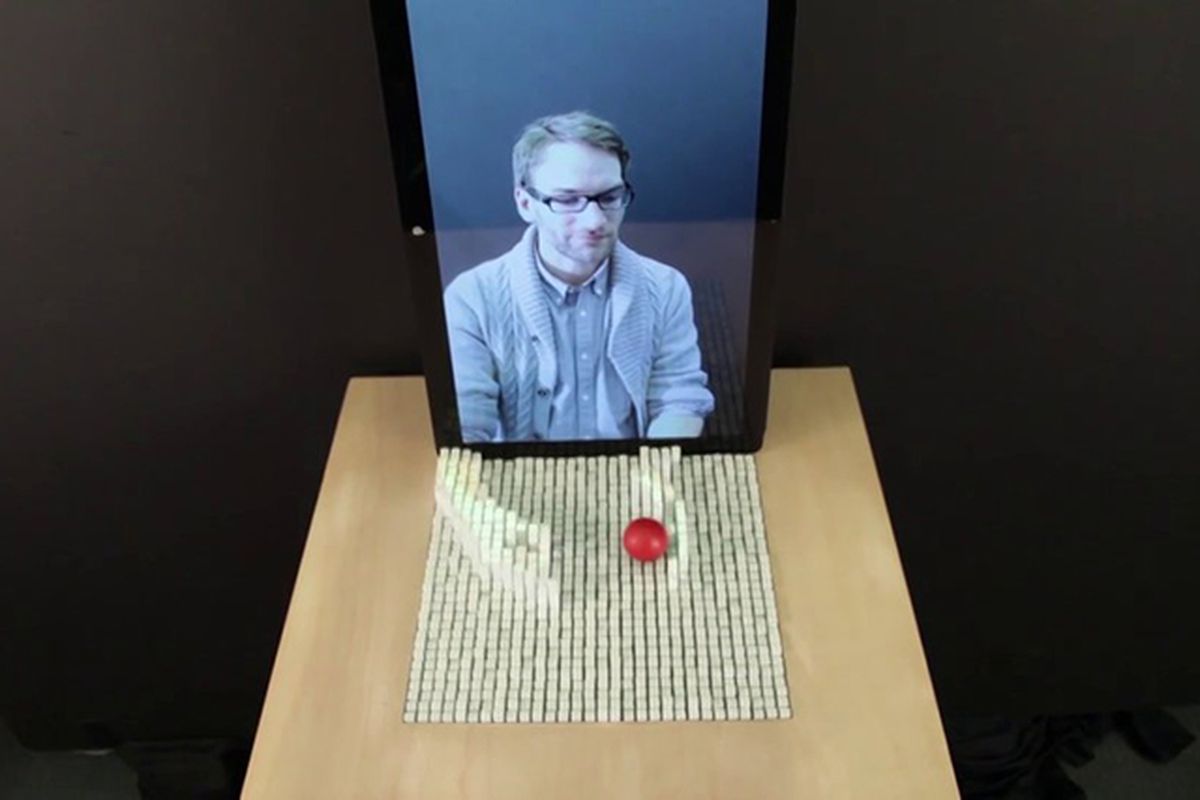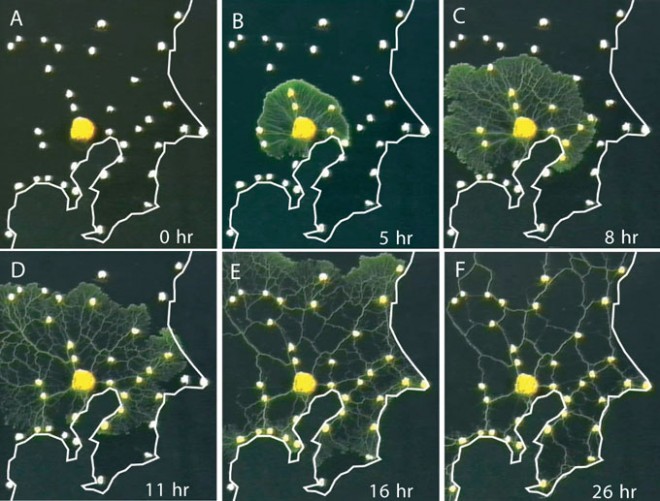Question 1A. Be sure to have read the first 20 pages of "Generative Art Theory" by Philip Galanter (p.146-166). In your own words, and in just a few sentences, discuss an example of something you like which exhibits effective complexity. (It doesn't have to be something made by people.) Where does your selection sit between total order (e.g. crystal lattice) and total randomness (e.g. gas molecules, white noise, static)? Include an image which illustrates your selected thing.
My understanding for a project being effectively complex is: 1. having a combination of both ordered and disordered systems 2. the whole concept do not only work in one direction linearly but in a random direction and cannot be easily predicted. Therefore, my first thought is to find works that incorporate living objects (because they are less likely to be controlled). For example, a coded ecosystem where things like animals and human beings can act like the unpredictable randomness. However, on my way of finding this kind of project, I encountered "inFORM". "inFORM" is a Dynamic Shape Display that can render 3D content physically, so users can interact with digital information in a tangible way. On one hand, this project generates precisely and predictably when displaying three-dimensional math functions: e.g. plotting hyperbolic paraboloids with the combination of cubes. However, on the other hand, this project also incorporates psychological and physiological elements to increase its complexity. First of all, it reacts to physical human actions. For example, it can replicate actions to interact with a red ball. Moreover, it motivates people to do in ways that hint them to do certain actions. For instance, the cubes will form a changing wave to make the participant's phone constantly moving when someone is calling. In this sense, because the work corresponds with these sort of actions, it incorporates a large extent of randomness when our actions became random and unpredictable. In this sense, I found "inFORM" to be an example exhibiting effective complexity. Moreover, it sits closer to the "total order" end.

Question 1B. Quickly skim the remaining 10 pages of Galanter's article, in which he outlines nine different problems with generative art (The Problem of Authorship; The Problem of Intent; The Problem of Uniqueness; The Problem of Authenticity; The Problem of Dynamics; The Problem of Postmodernity; The Problem of Locality, Code, and Malleability; The Problem of Creativity; The Problem of Meaning). Select one of these problems for which you yourself feel some sort of internal conflict or personal stake. Discuss your internal conflict. Which side of the argument do you come down on?
The Relationship between Works of Art and the Audience - in Response to the Change of Aura
Having read Walter Ben "The Work of Art in the Age of Mechanical Reproduction", I remember figuring out how the development of technology has evoked reproduction of artworks with the medium such as films and photographs. These inventions had rendered and manipulated the aura of artwork and its relationship with the audience. With mass production, not only the reproduced artwork can never fully present the original work with its unique aura, the original work also loses a sense of authenticity and authority by being depreciated. However, is it the same for generative art? For generative art, what is being mass-produced are unique objects instead of copies. Therefore, the idea of aura and the relationship between the audience and the artwork remains ambiguous to me. What generative art brings us is so different from the "traditional" painting and sculptures. Not only the context changed (our understanding and familiarity with technology and our acceptance of what counts as art ), the way we interact with the artwork also changed. For example, we cannot touch a painting in the Le Louvre (or sometimes even taking a photo), however, for generative art, there are so many that welcomes the user to interact, by either pushing a key on your keyboard to generate work or to do some real actions.









